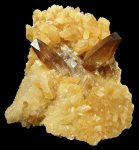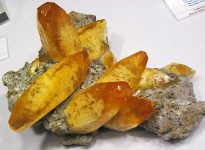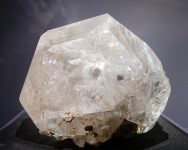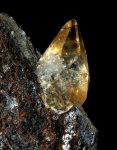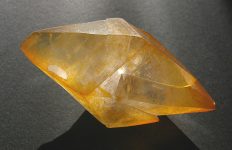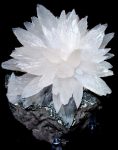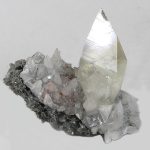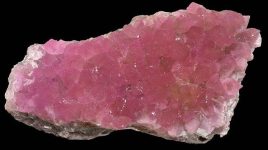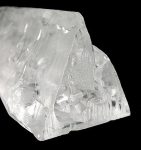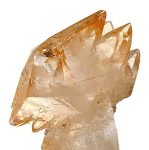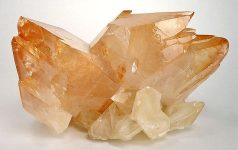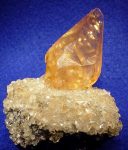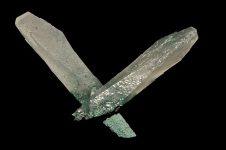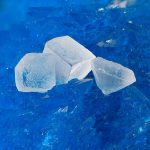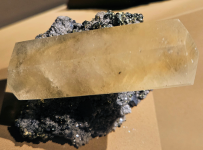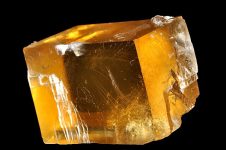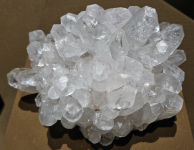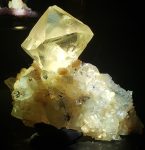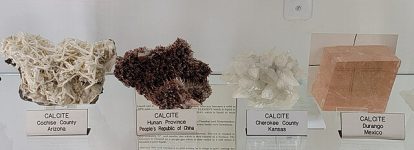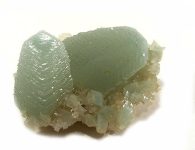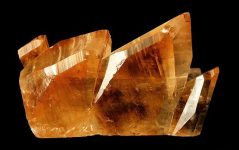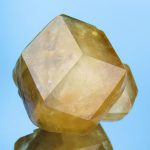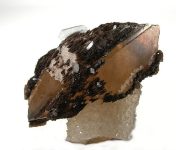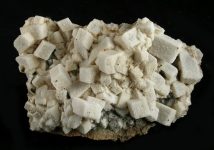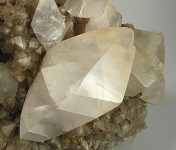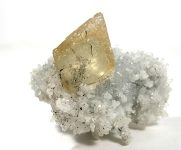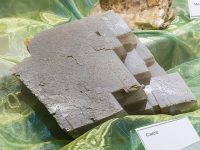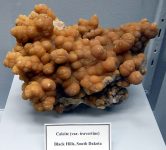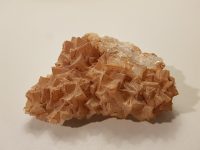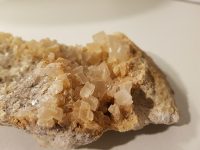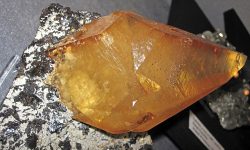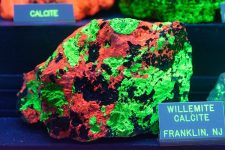Calcite
ABOUT CALCITE
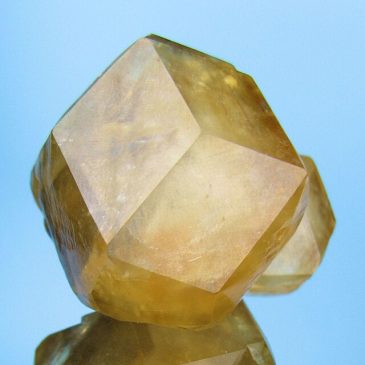
About: Calcite is one of the most common and widely distributed minerals on Earth. It is known for its wide range of crystal forms and colors, as well as its significant role in various geological processes. This guide provides an in-depth look at calcite’s characteristics, history, sources, uses, and significance.
Mining: Calcite is typically extracted through open-pit or underground mining. The extraction process involves drilling, blasting, and removing the ore, which is then transported to processing facilities.
Processing: Extracted calcite is cleaned, cut, and polished to enhance its natural beauty. For industrial use, calcite is ground into a fine powder.
CHARACTERISTICS
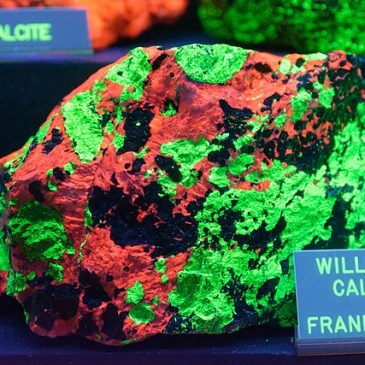
Color: Calcite comes in a variety of colors, including white, clear, gray, yellow, green, blue, red, and brown. Its color variations are due to impurities such as iron, manganese, or other elements.
Chemical Composition: Calcite has the chemical formula CaCO₃ (calcium carbonate).
Density: Calcite has a density of about 2.71 g/cm³.
Crystal Structure: Calcite crystallizes in the trigonal system, often forming rhombohedral, scalenohedral, or prismatic crystals. It can also occur in massive, granular, or fibrous forms.
Luster: Calcite exhibits a vitreous to resinous luster.
Hardness: Calcite has a Mohs hardness of 3, making it relatively soft and easily scratched.
Transparency: Calcite ranges from transparent to opaque, with high-quality specimens often being highly transparent.
Cleavage: Calcite has perfect rhombohedral cleavage, meaning it breaks along well-defined planes to form rhombohedra.
HISTORY AND LORE
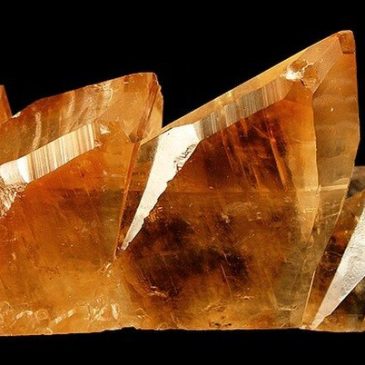
Ancient Civilizations: Calcite has been used since ancient times for a variety of purposes. The ancient Egyptians used it for carvings and construction, while the Greeks and Romans used it for building materials and decorative objects.
Middle Ages: During the Middle Ages, calcite was used in stained glass windows and as a flux in metal smelting.
Modern Era: Today, calcite is widely used in industrial applications, as well as in jewelry, decorative objects, and as a collector’s mineral.
SOURCES
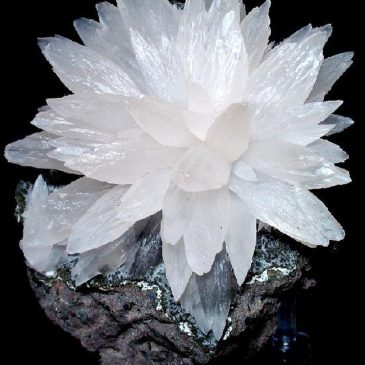
Geographical Locations: Calcite is found worldwide, with significant deposits in Mexico, the United States, Brazil, Namibia, China, India, and Iceland. Notable localities include the Elmwood Mine in Tennessee, the Cave of the Crystals in Mexico, and the Blue Cave in Namibia.
Geological Formation: Calcite forms in a variety of geological environments, including sedimentary, metamorphic, and igneous rocks. It is a primary component of limestone and marble and is often found in hydrothermal veins and caves as stalactites and stalagmites.
USES
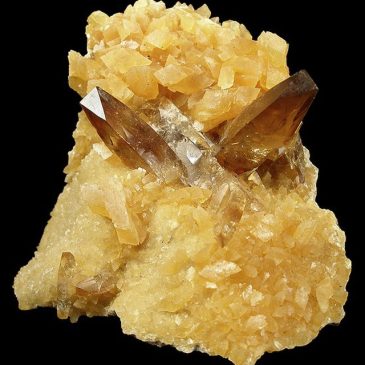
Construction Material: Calcite is a primary ingredient in cement and lime, used in construction. It is also a major component of marble and limestone, which are used as building stones and decorative materials.
Industrial Applications: Calcite is used in various industrial processes, including the production of plastics, paint, rubber, and paper. It is also used as a soil conditioner and in water treatment.
Optical Applications: Clear, high-quality calcite, known as Iceland spar, is used in optical instruments due to its birefringence (double refraction) properties. It was historically used in polarizing microscopes.
Jewelry and Decorative Objects: Calcite is used to create a variety of decorative items, including carvings, vases, and ornamental stones. It is also used in jewelry, particularly in its more colorful forms.
Collecting: Calcite is a favorite among mineral collectors due to its wide range of crystal forms, colors, and fascinating geological formations. High-quality specimens from famous localities are highly prized.
Metaphysical Uses: In the metaphysical realm, calcite is believed to have various healing properties. It is thought to promote clarity, amplify energy, and aid in emotional healing. Calcite is also used in meditation and energy healing practices.
CULTURAL AND SYMBOLISM
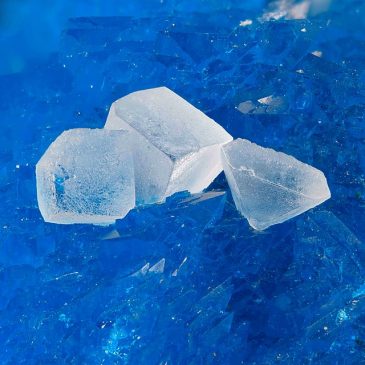
Symbol of Purity and Clarity: Calcite is often associated with purity, clarity, and energy amplification. Its clear and bright appearance symbolizes light and clarity of thought.
Historical Usage: The use of calcite in ancient artifacts, building materials, and industrial applications highlights its cultural and historical significance.
